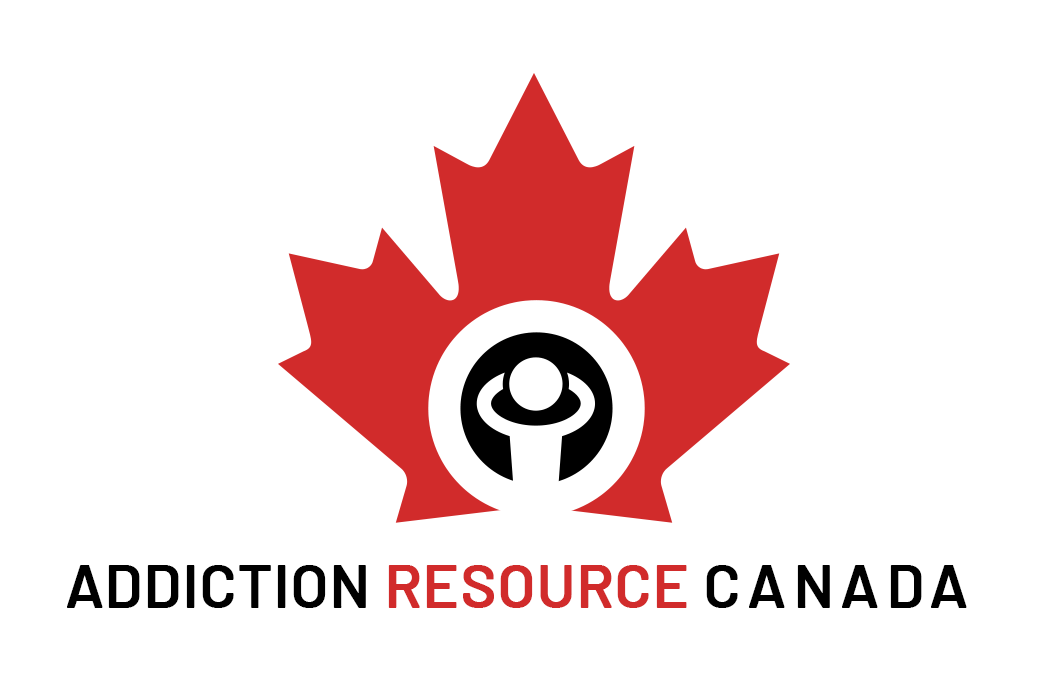As declared by Health Canada, we are in the midst of an Opioid Crisis and lost over 3000 victems to opiate overdose last year alone. It is widely accepted that the Opioid Crisis has resulted from the over prescribing of prescription medications, the wide spread availability of potent opiates such and Fentanyl and Carfentanyl, limited access to appropriate detox services and addiction rehab and the lack of a timely and comprehensive public health strategy.
“Opioids” refer to natural and synthetic painkillers derived from the poppy plant. The related term “opiate” refers to medications that use natural opium poppy products. For example, the drug morphine is an opiate. Doctors typically prescribe opiates to patients when they experience acute pain, often as a result of injury, accidents or medical procedures. Opiates are also used in cancer treatment for chronic pain.
Some well know opiates include:
- Morphine
- Codeine
- Heroin (Diacetylmorphine)
- Hydromorphone (Dilaudid)
- Hydrocodone (Vicodin, Lortab)
- Opium
- Oxycodone (OxyContin, Percocet)
- Oxymorphone
- Meperidine (Demerol)
- Methadone
- Fentanyl (Sublimaze, Actiq)
- Tramadol

To be diagnosed with Opioid Use Disorder (OUD), individuals must meet certain criteria outlined in the Diagnostic and Statistical Manual of Mental Disorders (DSM). Under DSM–5, the current version of the DSM, anyone meeting any two of the eleven criteria during the same 12-month period receives a diagnosis of OUD. The severity of OUD—mild, moderate, or severe—is based on the number of criteria met.
The Eleven Symptoms of Opioid Use Disorder (OUD) as per the DSM-5:
- Opioids are often taken in larger amounts or over a longer period than was intended.
- There is a persistent desire or unsuccessful efforts to cut down or control opioid use.
- A great deal of time is spent in activities necessary to obtain the opioid, use the opioid, or recover from its effects.
- Craving, or a strong desire or urge to use opioids.
- Recurrent opioid use resulting in a failure to fulfill major role obligations at work, school, or home.
- Continued opioid use despite having persistent or recurrent social or interpersonal problems caused or exacerbated by the effects of opioids.
- Important social, occupational, or recreational activities are given up or reduced because of opioid use.
- Recurrent opioid use in situations in which it is physically hazardous.
- Continued opioid use despite knowledge of having a persistent or recurrent physical or psychological problem that is likely to have been caused or exacerbated by the substance.
- Tolerance, as defined by either of the following:
- A need for markedly increased amounts of opioids to achieve intoxication or desired effect.
- A markedly diminished effect with continued use of the same amount of an opioid.
Note: This criterion is not considered to be met for those taking opioids solely under appropriate medical supervision.
- Withdrawal, as manifested by either of the following:
- The characteristic opioid withdrawal syndrome
- Opioids (or a closely related substance) are taken to relieve or avoid withdrawal symptoms
How Do Opiates Work?
One of the reasons why opiates are so addictive is that there are actual receptors in our brains that are a perfect fit to the opioid molecule. When people inject opiates like heroin or take opiate pills like Oxicodone, their active compounds travel to our brains and attach to unique neuro-receptors. Thease neuro-receptors are located in our reward centre of the brain which triggers a sense of intense pleasure or euphoria. These feelings, typically associated with natural experiences like eating, drinking and having sex are hard-wired in our biology as a matter of sheer survival.
Opiate use results in the release of dopamine into the brain’s reward center which produces pleasurable feelings. The problem is that opiates, like other drugs of abuse, trigger the release of dopamine in excess amounts, far beyond what is normal. The resulting “high” is a very powerful reinforcement; reinforcement to use again and again to achieve that intense pleasurable high.
The High associated with opiate use can be intensified when the drug is administered intravenously (like heroin) or by routes other than those prescribed or recommended. For example, the prescription painkiller OxyContin can be snorted or injected to enhance its euphoric effects.
Prolonged and increasingly higher doses of opiate drugs literally change the brain so that eventually it functions normally when the drug is present and abnormally when the drug is removed. This anatomical change in the brain results in drug tolerance (the need to take higher and higher amounts to achieve the same effect) and opioid dependence (susceptibility to withdrawal symptoms). That’s why it’s said that someone with opiate dependence uses the drug in order to just feel “normal.

